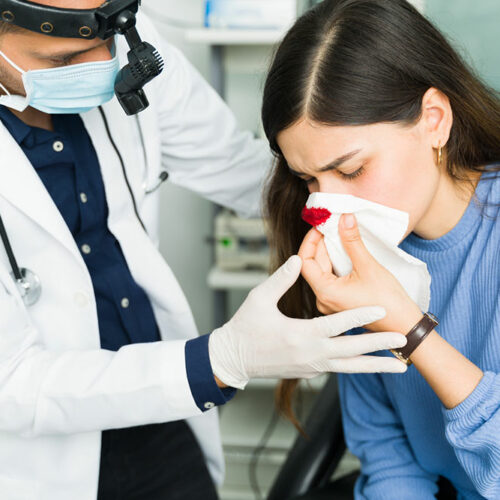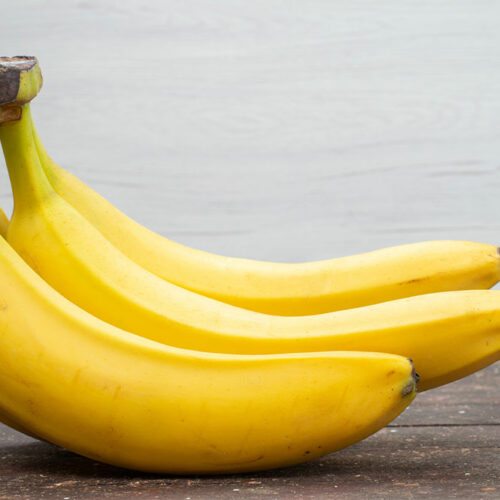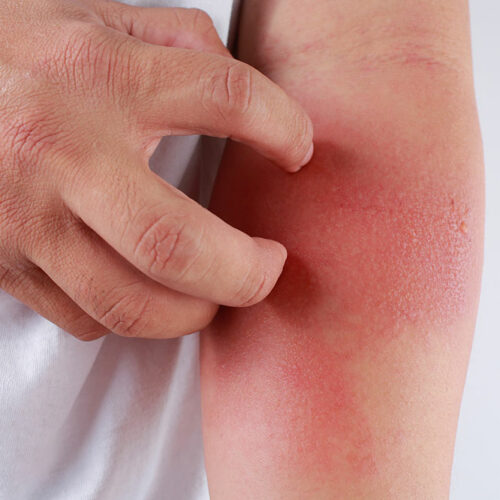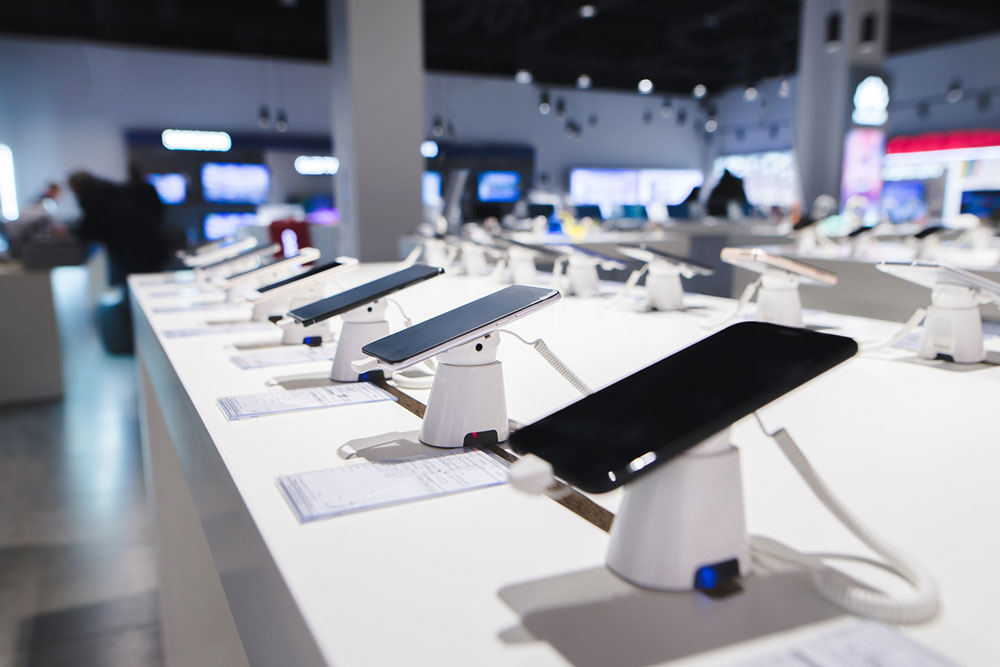Type of rosacea and how the skin condition can be treated

Rosacea is a long-term skin condition that affects over 16 million people in the country, most of whom are middle-aged women. Although it’s not a life-threatening disease, living with rosacea can cause distress among many. In most cases, it affects the skin on the nose, cheeks, and forehead. This skin problem is often characterized by tiny, red, pus-filled bumps that appear on the skin during flare-ups, which occur in cycles. Types and causes The American Academy of Dermatology (AAD) has classified rosacea into four main types: Erythematotelangiectatic rosacea (ETR): This type is characterized by redness and flushing of the skin with dilated blood vessels in the center of the face. For some, it can result in the skin becoming sensitive and swollen, while it becomes dry, rough, and scaly for others. Papulopustular rosacea: This is associated with redness, swelling, and acne-like breakouts. It can also result in the affected person having oily and sensitive skin, with broken, visible blood vessels. Phymatous rosacea: It’s a rare type that mostly affects men and results in the thickening of the nose skin. It causes a person’s skin to develop a bumpy texture, large pores, and visibly broken blood vessels, and they may also have thick skin on the chin, forehead, cheeks, and ears.






